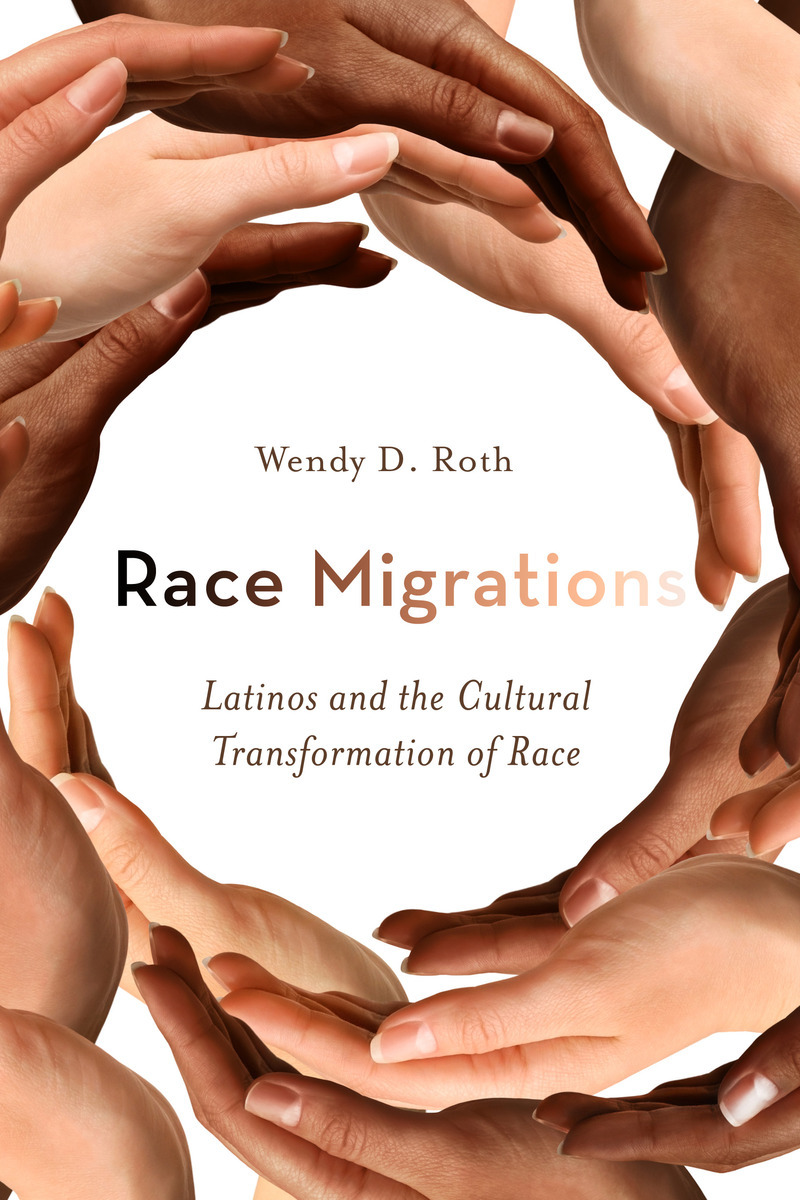The Future of the ‘Tan Generation’
The Root
2012-06-08
Jenée Desmond-Harris
Browner America: Marcia Alesan Dawkins says an increase in nonwhite births doesn’t mean more social justice.
(The Root)—Recent census data reveal that, for the first time, racial and ethnic minorities make up more than half of all children born in the United States, with 50.4 percent of children under age 1 identified as Hispanic, black, Asian American or members of another ethnic minority group.
In terms of the overall population, African Americans are the second-largest minority group in the nation (after Hispanics), with a 1.6 percent increase between 2010 and 2011. Minorities now make up nearly 37 percent of the overall U.S. population, and it’s predicted that by 2042, a minority of Americans will be non-Hispanic whites.
What do all these numbers mean for our understanding of race, for the issues that affect communities of color and for our very concept of who is a “minority” in this country? The Root has gathered a variety of perspectives on the significance of America’s becoming a browner nation for a series of interviews on whether, and why, we should pay attention to these demographic changes.
For the second in the series, The Root talked to Marcia Alesan Dawkins, visiting scholar at Brown University and author of the forthcoming Clearly Invisible: Racial Passing and the Color of Cultural Identity. She describes her extensive writing on racial identity as an expression of her interest in “how people figure out who they are and how they connect with others,” and has warned against rushing to assume that demographic changes will do away with America’s troubled racial past…
…The Root: Are we going to need a new vocabulary, a new word for “minority,” when minorities become the majority? As more Americans have nonwhite ancestry, will the definition of whiteness itself be affected?
Marcia Dawkins: Yes, on both counts. We are going to need new terms that reflect numerical reality and social-political reality. Part of that implies thinking about what race and ethnicity mean in general and what specific racial and ethnic, and multiracial and multiethnic, identities mean in particular. At the same time, we’ve got to remember that every racial or ethnic community has some issues and experiences in common and is also unique.
For one, these changes mean that the white-black and white-people of color binaries need to be rethought and replaced with a full-color perspective on race and ethnicity. A full-color perspective acknowledges that racial and ethnic mixing has been part of our social fabric since Europeans met and mated with Native Americans; that it continued on through African enslavement and segregation and Asian exclusion and internment; that it progressed with increased rates of Hispanic immigration and is still with us as increasing numbers of interracial and multiracial couples get together and have children today. A full-color perspective must also acknowledge that racial and ethnic mixing has been occurring for centuries in same-sex communities as well.
On one hand, sociologists predict that the definition of whiteness will expand to include Hispanic and Asian groups but will always exclude those with African-American descent in order to maintain political and social power. On the other hand, this prediction is reductive because it assumes that only those who will continue to identify as white will be privileged and that those who will continue to identify as black will be non-privileged. It also ignores the fact that, generally speaking, to be African American is to be racially mixed…
Read the entire article here.
